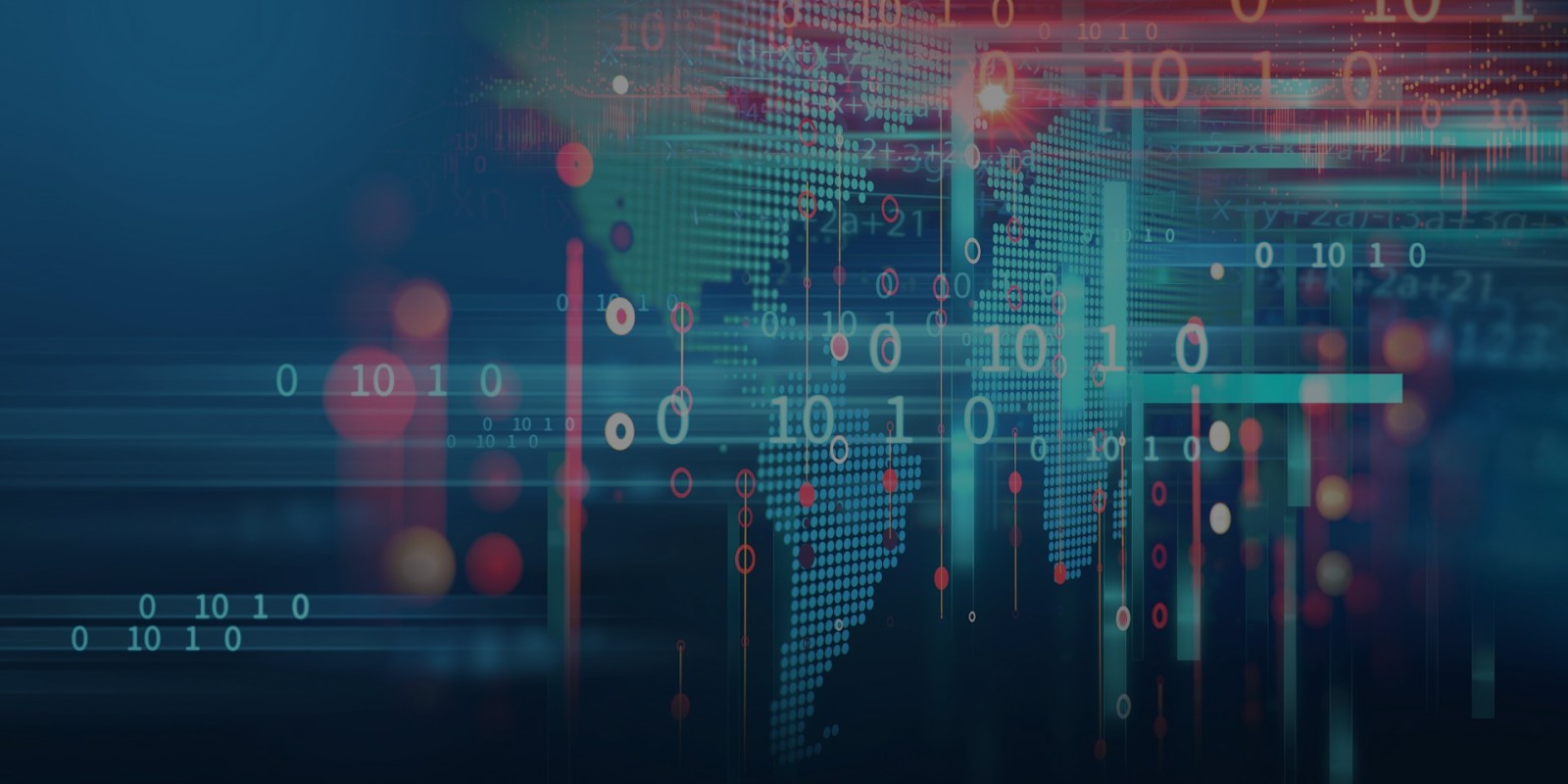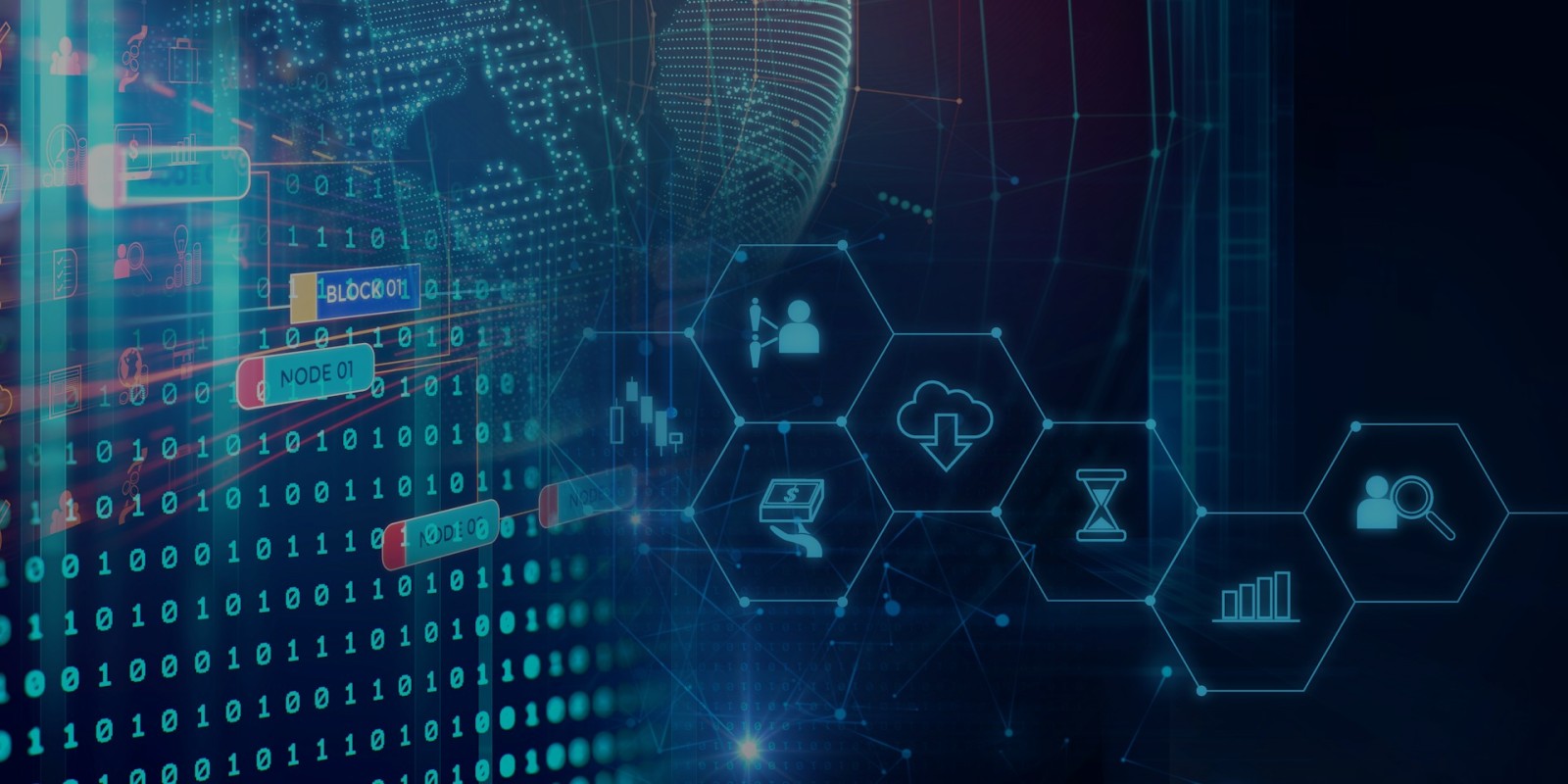In any workplace, access and emergency exit arrangements are subject to health and safety and fire legislation.
Accident and incident reporting is crucial for identifying hazards, preventing future incidents, and ensuring a safe environment. Prompt reporting leads to better safety measures and protects everyone.
Seating safety, fire safety, Trip and fall hazards, set pieces, props, and equipment being securely fastened, crowd control and security all need to be considered.
Studios have an obligation under relevant legislation to ensure the safety of audiences on their premises.
Barriers at events serve several critical purposes: physical security, preventing the audience from climbing on structures or alleviate and prevent the build-up of audience pressures
The safety and enjoyment of event attendees depend on effective crowd management. This involves more than just controlling the audience; it requires an understanding of crowd behaviour and the factors that influence it.
Using drones in film and TV production involves significant health and safety issues. Ensuring safe operation to prevent accidents or injuries is paramount.
Commercial drone use is a controlled activity requiring CAA registration, permissions and insurance and more complex flights will need an Operations Authorisation dictating the restrictions the Operator has to fly within.
All electrical systems used need to be installed by a competent person to a safe and suitable standard, and all temporary electrical systems to be tested and adequately protected.
The risk of fire on set can be greater than in many other workplaces due to several unique factors associated with film production: SFX, set construction and materials, electrical equipment, confined spaces and crowding.
The Health and Safety (First-Aid) Regulations require employers to provide suitable first-aid equipment, facilities and personnel to enable first aid to be given to employees if they are injured or become ill at work.
Forklifts can cause serious injury and/or damage to property if used incorrectly. Use our checklist to stay safe.
Fire, explosion - and if gas does not burn properly, excess carbon monoxide is produced, which can kill.
There are a number of hazards associated with generators. Use our checklists to stay safe.
The law requires you to adequately control exposure to materials in the workplace that may cause ill health. Harmful substances can be present in anything from paints and cleaners to dust, fumes, blood or waste.
Welding, cutting, and other hot works pose hazards including burns, fires, explosions, harmful fumes, and eye damage from intense light exposure.
Good standards of housekeeping in workplaces reduce risks of slips, trips and falls, fire and pests.
There are numerous compliance, regulatory and safety issues associated with any commercial kitchen set up. Read our guidance here.
Lasers create outstanding lighting effects but create significant risk of burns, eye damage or fire if they’re not installed and used correctly.
Lifting equipment includes any equipment used at work for lifting or lowering loads, including attachments used for anchoring, fixing or supporting it.
Mains location lighting units will add significantly to the equipment being handled and lighting heads can also become very hot and need to cool before derig.
Loading bays can pose several safety hazards. See the key hazards and corresponding safety measures to mitigate these risks.
Temporary structures need to be safe, particularly in case of fire or adverse weather, with procedures to protect the public and others using the facility.
A method statement is a document that outlines how specific tasks will be carried out safely.
MEWPs are used extensively in production and events as an elevated platform to enable safe work at height, typically in the construction and rigging or derigging of sets and venues.
Deafness caused by exposure to noise at work is permanent and incurable. Exposure to noise can also cause other impairments such as tinnitus.
Establishing the presence of overhead lines and the voltages present will allow the establishing of safe working distances.
A permit to work system is a formalised procedure used in various industries to ensure that potentially hazardous work is carried out safely.
Personal Protective Equipment (PPE) is equipment worn to minimize exposure to hazards that cause serious workplace injuries and illnesses.
The controls identified by risk assessments must be appropriate for the whole workforce.
Using real flames involves significant safety precautions and need to be carefully controlled to ensure they behave as intended during filming.
Does your programme involve the participation of the public (Adults or Children) in physically demanding games or activities of a hazardous nature?
The Reporting of Injuries, Diseases and Dangerous Occurrences Regulations (RIDDOR) 2013 is a piece of UK legislation which aims to ensure that workplace incidents are effectively monitored and managed.
Revolves are a common feature of sets used in production. There are, however a number of risks involved with their use that need careful management.
Ensuring adequate sanitary facilities at events such as festivals and other large public gatherings is a critical aspect of event planning.
Scaffolding may be required to create a temporary structure or platform and should always be designed and built by competent, trained people.
Whether making changes to an existing structure or building new structures, a robust project-specific plan is needed.
In addition to any professional qualifications, Set Medics may need to be registered with the CQC too, depending on what healthcare they're providing. And the CQC registration net is set to widen.
For smoke effects on Productions a vetted contractor should be used where possible.
Risks include physical fatigue from maintaining awkward positions, working at height, and potential electrical and heat hazards.
How to recognise acts of harassment and stalking, what to do about it, and where to get help, and dealing with intimidation, abuse, threats, to actual physical attack.
Risks include physical fatigue from maintaining awkward positions, working at height, and potential electrical and heat hazards.
Suspended scenery can be used in a variety of productions in studios and also in theatre sets.
Guide to electricity in Studios, temporary electrical systems in broadcast, TV and events and BS7909
Whether moving people, equipment or vehicles, routes need to be carefully managed to ensure they remain safe, fit for purpose, and obstruction-free.
Video walls must be designed and constructed with care: several video walls have collapsed in the past due to poor design.
Visitors to premises must not be adversely affected by the company’s activities with regard to their health and safety.
By anticipating weather-related challenges, productions can minimise disruptions and maintain safety and quality standards throughout the shoot.
Provision of welfare facilities aren't just a legal requirement: they directly impact the well-being, safety, and productivity of cast and crew.
Those who manage or schedule the work of others and also those who self-schedule need to be aware of the risks of long working hours and fatigue.
General advice about filming on or near water and specific advice for those who wish to record from small vessels.








